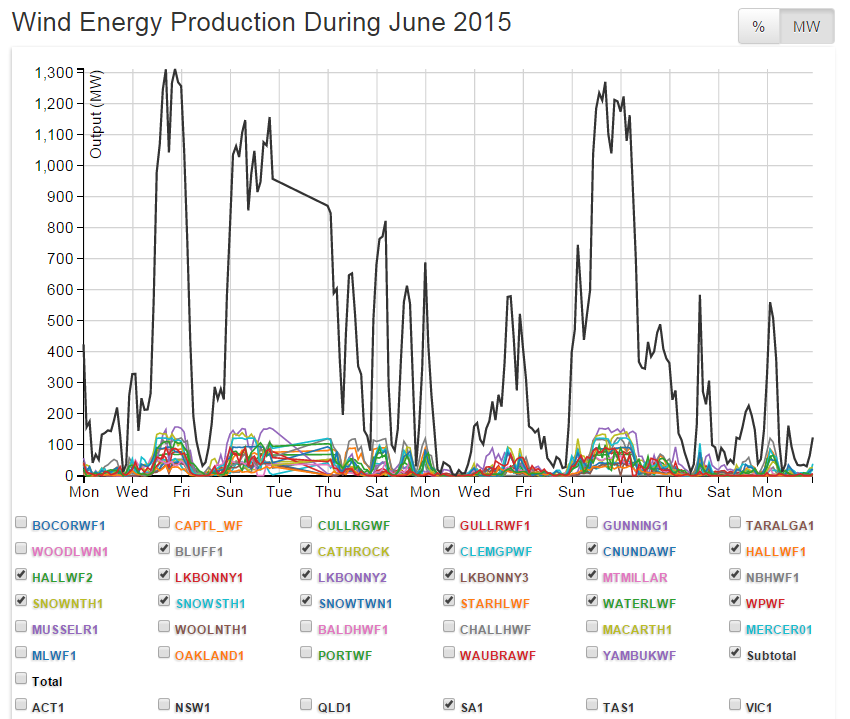'
' & --> '
' & -->
With strong breezes blowing early Sunday afternoon in West Texas, wind-power generation hit a record 6,242 megawatts on the Electric Reliability Council of Texas' grid, which serves most of the state.
The wind generation peaked at 12:54 p.m., representing an exceptionally high 22 percent of demand at that time, ERCOT spokeswoman Dottie Roark said Monday. Most of the wind facilities are in West Texas and the Panhandle.
Roy Blackshear, manager of the AEP Desert Sky Wind Farm near Iraan in Pecos County, a 107-turbine, 160.5-megawatt facility, said he was "really surprised" to see that wind's share of the power load hit 22 percent.
"It proves we're going to be able to use renewables effectively. ... It's huge," he said of the growing capability of generation from renewable energy sources such as wind and sola





